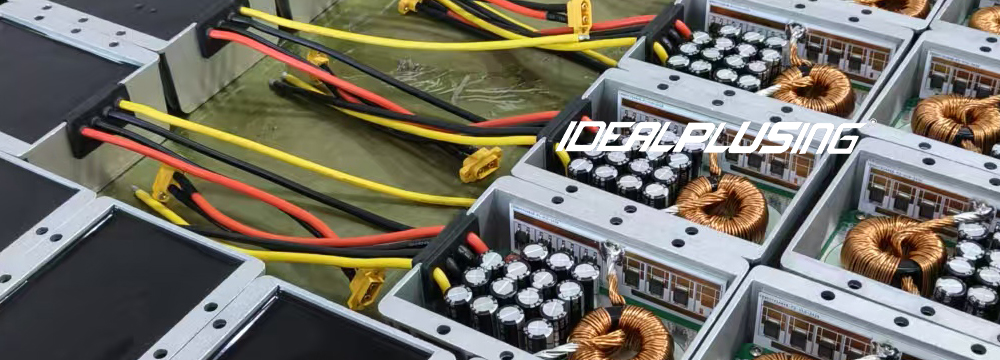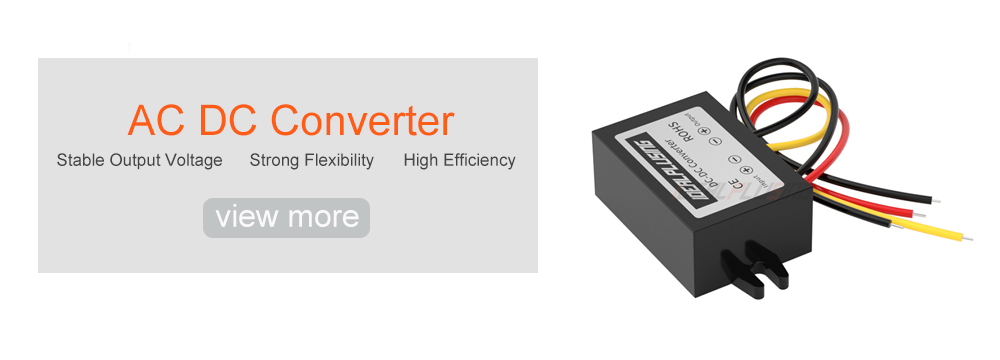Electric vehicles constitute a major part of promising technologies for achieving a sustainable transportation sector in the future. AC-DC converters are the backbone components for expanding and improving the capabilities of EVs. This article provides an overview of AC-DC converters, types of charging stations, issues faced by conventional two-level (2L) AC-DC converters, and the importance of using multi-level converters (MLCs).

Significance of AC-DC Converters
The outlet primarily provides AC power, while EV batteries use DC power to charge the battery. Therefore, an ac to dc converter is required for converting AC power into DC power. It is also the main component of EV battery chargers and acts as an input current shaper for power factor correction and harmonic reduction.
Types of Charging Stations
Since charging batteries are the power for the operation of electric vehicles, it is important to understand some parameters of charging stations. Most of the basic parameters such as power efficiency, compact architecture, and fast charging will determine the overall productivity of the target charging station.
Electric vehicle charging stations are classified into Level I, II, and III.
Level I constitutes the segment with smaller battery sizes. The charging time of Level I is about 8 to 10 hours; however, this may vary depending on the energy capacity of the battery. It uses AC charging only and has an onboard charger as the charging components are located inside the EV.
Level II charging time is about half of Level I charging time. Also, Level III fast charging stations use an external charger (not onboard) to provide high voltage. It is able to charge an EV in just 20 to 30 minutes, while Level II charging stations can charge a vehicle in four to eight hours.
Requirements to Enable Fast Charging Stations
Fast charging ranges above 50 kW, which is high by industry standards. Therefore, a larger ac to dc converter is required to provide the additional power for fast charging. Therefore, high-power charging is done with the ac to dc converter built into the charging station, rather than installed inside the vehicle due to size constraints.
Another requirement for fast charging stations defined by the Society of Automotive Engineers (SAE) standard is “galvanic isolation between the distribution grid and the battery pack”. There are two architectures that can be used to achieve this, one is to use a low-frequency transformer on the input side and the other is to implement a high-frequency transformer in the DC stage through an isolated DC-DC converter.
Conventional AC-DC Converters and Their Disadvantages
Conventional AC-DC converters such as 2L Voltage Source Converters (VSC) are commonly used. The disadvantages of using these converters are that they have limited power ratings and high harmonic pollution.
To avoid these disadvantages, hybrid filters are used, but these filters also increase the cost of the system. These converters also have undesirably high switching frequencies. In high-power applications, switches are subject to large amounts of voltage and current and are limited by the available technology of semiconductor devices.
Importance of MLC
To overcome these setbacks, 2L AC-DC converters should be replaced by MLCs. MLCs have been shown to have many advantages such as low harmonics, low voltage stress, and high power capability. MLCs are used to reduce switching components and generate multi-level outputs from a single-phase T-type converter.
Different numbers of MLC levels enable smoother output waveforms, thereby reducing harmonics and output filter size. The main types of MLCs are Neutral Point Clamped (NPC), Cascaded H-Bridge (CHB), and Flying Capacitor (FC).
Among them, the CHB is able to use different DC voltages on the individual H-bridge cells, thus dividing the power conversion into high-voltage/low-frequency and low-voltage/high-frequency inverters.
The transition from internal combustion engines to electric vehicles is a long-term process. Many oil companies have already gained a foothold in the electric vehicle network by setting up charging stations or promoting products designed to maintain electric vehicles.
Future work is expected to look forward to the use of MLC in FC to benefit from the various advantages of these converters while providing high-power and ultra-fast charging systems for electric vehicles.
To help the popularization of electric vehicles, governments and electric vehicle charging companies must ensure the availability of fast charging infrastructure. Without efficient charging infrastructure, the popularization of electric vehicles may be a slow process.






